Info, news & debate
Low-impact building
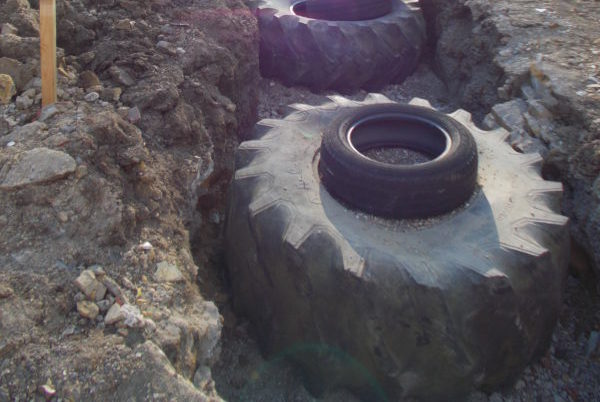
Car tyre foundations: a low-impact and affordable solution?
Last month, Lowimpact.org’s Sophie Paterson, a trainee with the School of Natural Building, took a hands-on approach learning how to construct recycled car tyre foundations on a Straw Works course at Holy Trinity Church in Tulse Hill, London.
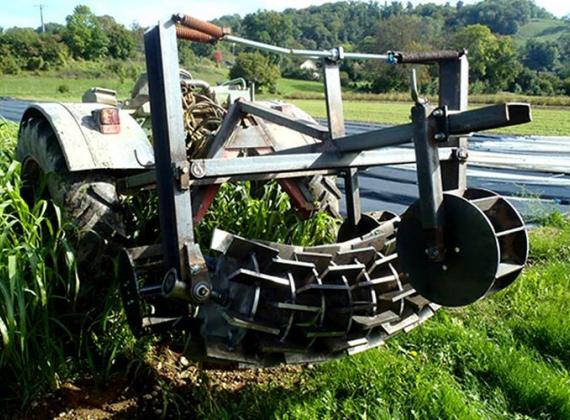
Farm Hack : growing innovative open-source agriculture
In response to the pervasive reach of the global agro-industrial complex, growing numbers of farmers across the world are coming together as co-operative organisations to promote and protect small-scale organic food production and environmental stewardship. We take a look below at some of the groups promoting open source agriculture with farmer driven technologies, spearheaded by the …
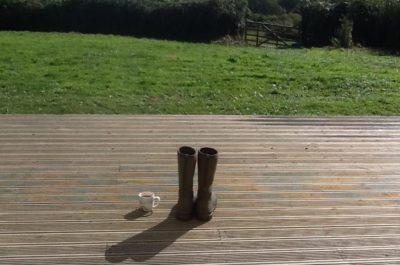
Smallholding with heart: advice about getting and running a smallholding from Janet Jenkins of Cuckoo Farm
Embarking on a new life in the countryside, away from the trappings of urban existence, is a dream increasingly common to many. This week we interviewed Janet Jenkins about her and her family’s smallholding journey, putting the heart back into the land at Cuckoo Farm.
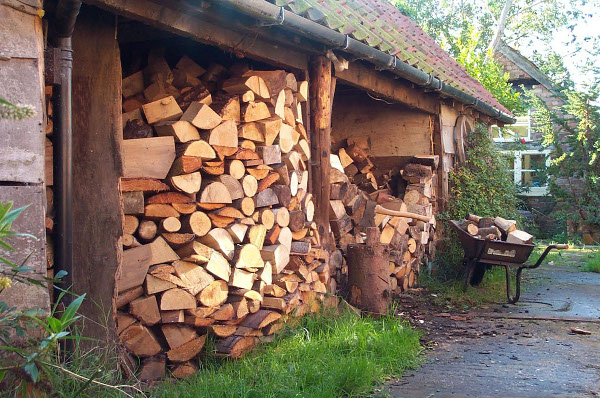
Why self-reliance is so important as part of a secure, low-impact life
I am Andy Reynolds, a long-term practitioner of low-impact living, smallholder, author, forester, teacher, carpenter, builder. I’ve been working with Lowimpact.org since the early noughties, and I’d like to share my philosophy on self-reliance with you.
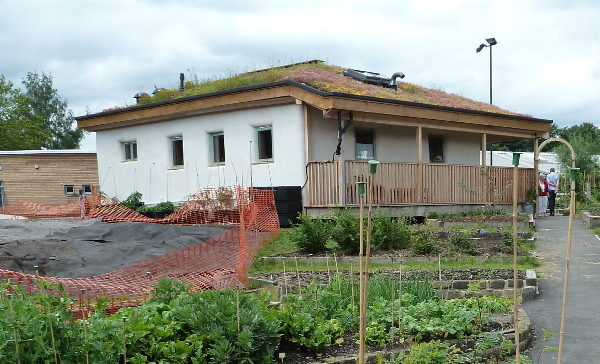
Can you help Barbara Jones and Straw Works set up a National Skills Centre?
Barbara Jones of Straw Works / School of Natural Building is the country’s top straw-bale builder. She is the author of Building with Straw Bales, and is the star of our straw-bale building online course.
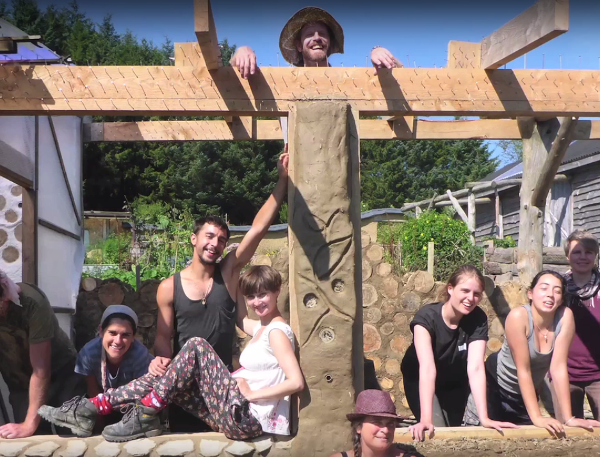
Help our off-grid, timber, straw-bale and stone ‘eco-pod’ project happen, then come and stay in it!
Hi, my name is Cassie. My daughter is called Bea, she’s the bigger girls in the picture there. She absolutely loves horses! I also have a son called David, who is going to be an actor; my husband is called Nigel, and our eldest son is called Ted.
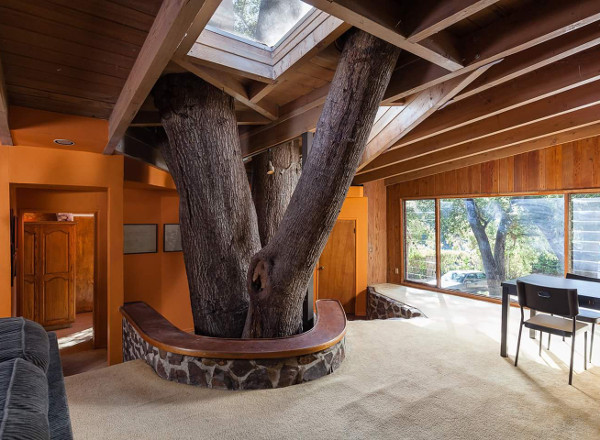
What to do if you want to build your home on a spot occupied by an ancient tree
We’ve been contacted several times by people who ask why we’re promoting the building of timber homes and the burning of wood in wood stoves or biomass boilers. Their argument was that timber building and the production of firewood require the felling of trees
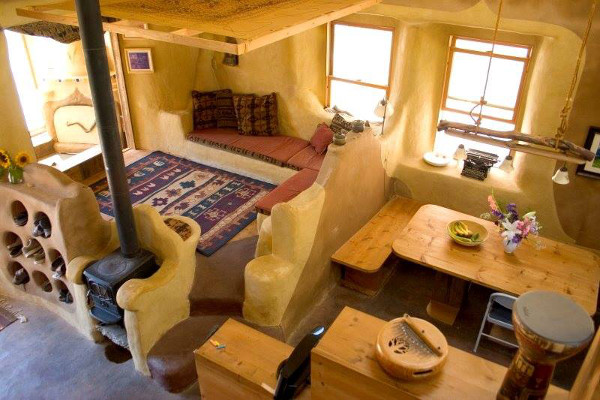
Building a small home has a big payback
Let’s get one thing straight right away…When I say “small”, I don’t mean living in a shoe box. What I mean by “small” is living in a space that is designed…well designed…for your needs…and no more. A small space doesn’t mean cramped.
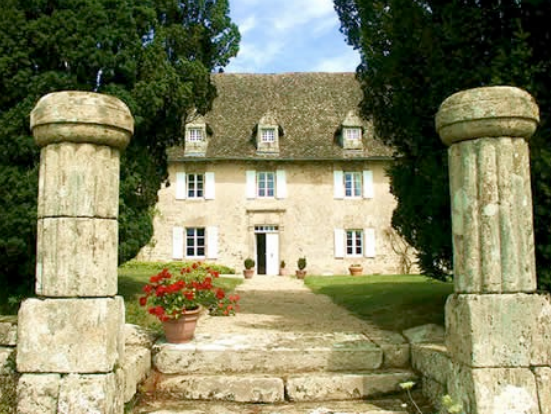
Rent first to see if a self-build home in a cohousing project at an eco-chateau in France is for you
An cohousing eco-hamlet around a chateau in the Dordogne region of France is being formed. You can rent a plot to see if the project is for you, before deciding whether to become a co-owner.

Sigi Koko on the basics of passive solar design
Passive solar design takes advantage of solar orientation and other climate conditions to minimize (and in some conditions, eliminate) heating and cooling requirements for a building.
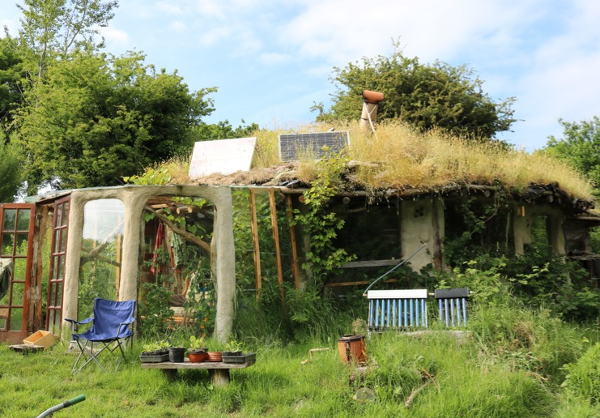
Having a £3k eco-home is more about attitude than building codes or regulations: interview with Tony Wrench
This is an interview with Tony Wrench of ‘That Roundhouse’ fame. He built a super-eco roundhouse in Pembrokeshire over 20 years ago, and is still living in it, after having many battles with planners and regulatory bodies.
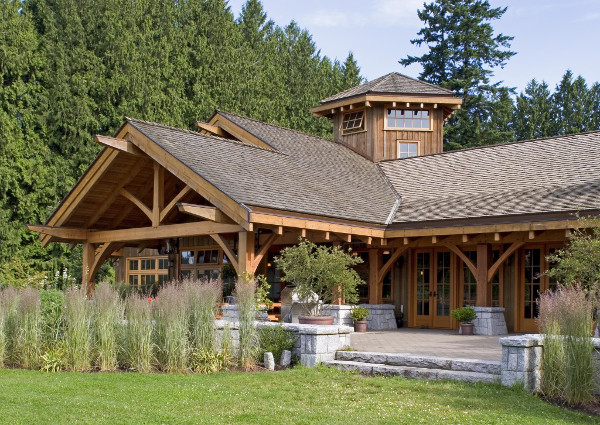
Why do Americans have a different attitude to Brits when it comes to using trees as a renewable resource?
We’ve noticed from comments on our blogs and on social media that environmentally-conscious Americans have a slightly different attitude to using trees as a renewable resource – whether for firewood or for timber – than that prevalent in the UK.
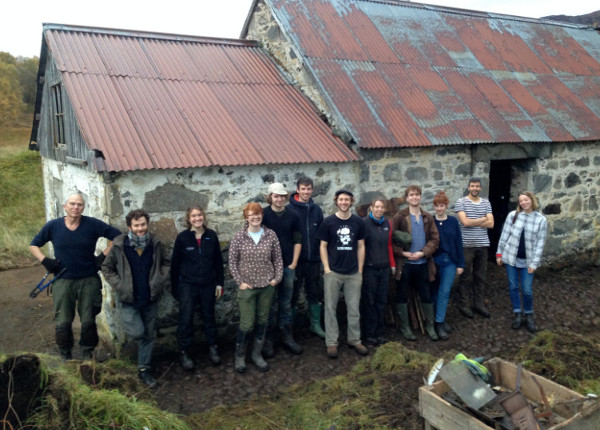
Volunteer at a crofting / educational centre in the Highlands and learn about the ‘shieling’
This is a farm-based education organisation. Our story is the ‘shieling’ – a tradition where folk went up to the hills with the livestock. The shieling is a traditional practice of moving up to the high ground or moorland with livestock, to live there for the summer.
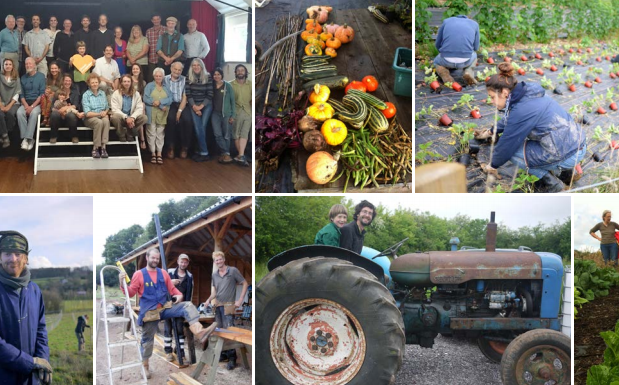
Are you interested in becoming a smallholder and building your own home? Help the Ecological Land Co-op make it happen
If you would like to build your own home on a smallholding, and produce food, fuel and other products for your family and your local community, but can’t see any way that it could happen, then the Ecological Land Co-op want to hear from you.
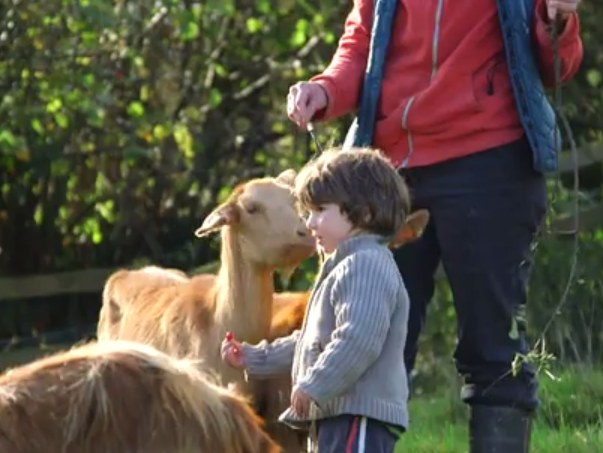
The Ecological Land Co-op has purchased more land to create ecological smallholdings
Here’s a quick overview of what the Ecological Land Co-op does, before going on to their latest news. The problem that they were formed to solve is that many people who would like to build a home made from local, sustainable materials,
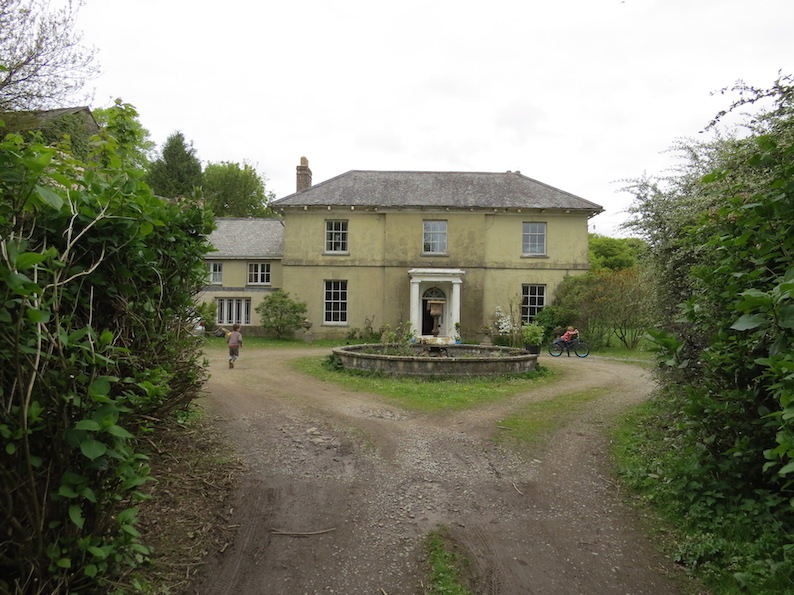
Temple Druid Community are looking for new members and volunteers; opportunity for self-build
Temple Druid Community is set in 56 acres of woodland, pasture, steams and meadows in North Pembrokeshire. We are looking for members to join us in creating a community based on the foundations of compassion and respect for nature, ourselves and others and a strong wish to tread gently on the earth.
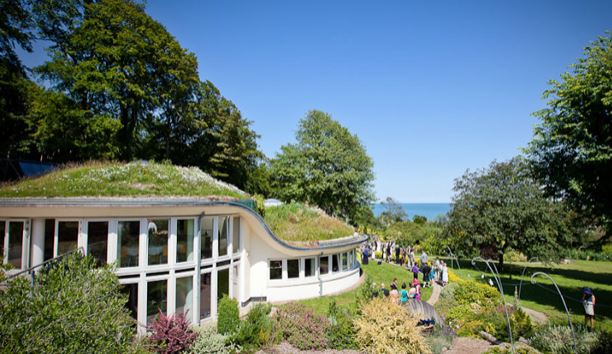
Can you adopt a natural builder for 3 nights in exchange for a free VIP ticket to Ecobuild?
Ecobuild is a three-day natural building exhibition at the Excel Centre in London from the 8th to the 10th of March. Ecobuild is the leading UK exhibition and conference for the construction and energy market
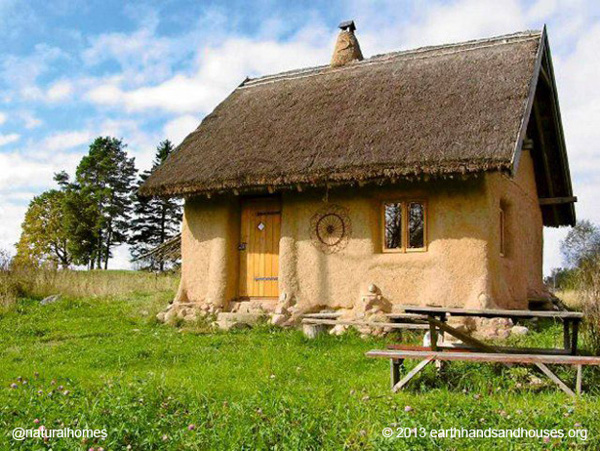
Why cement should never be used with natural buildings
I am often asked to help with other people’s designs, but one of my principles is never to design with cement. Not everyone knows this about me, and I was recently asked what my general experience was with stem walls made of concrete
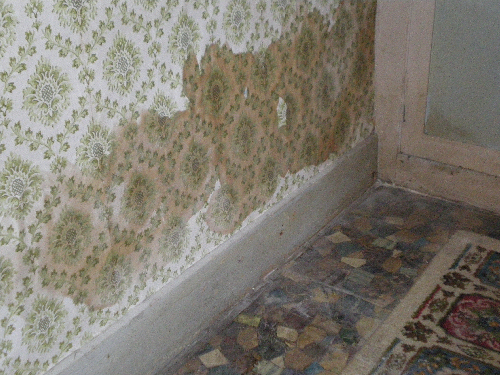
Unless your house is old, you probably don’t have rising damp, and if you do, modern damp-proofing methods probably won’t work
Twentieth-century homes tend to contain a lot of non-breathable materials – cement, metal, plastics, impervious paints and renders. Damp-proof barriers prevent rising damp, but the sealed, waterproof, non-breathable approach of modern building brings its own problems
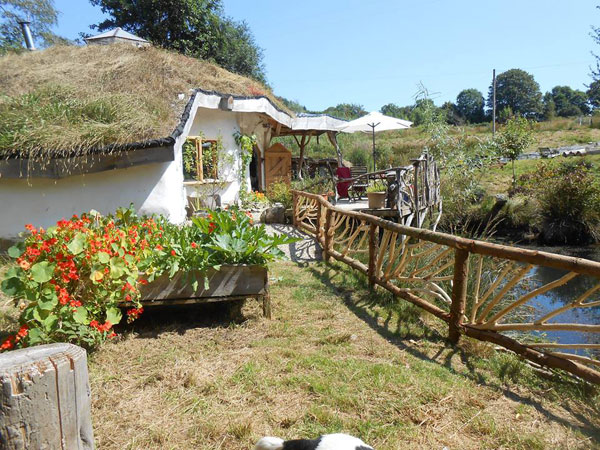
How Charlie and Meg’s self-built, natural home finally received planning permission with the help of the One Planet Council
You may remember a previous article about Charlie and Meg’s natural home in Pembrokeshire, that the planners decided needed to be bulldozed because it was ‘harmful to the rural character of the locality’. See here.
